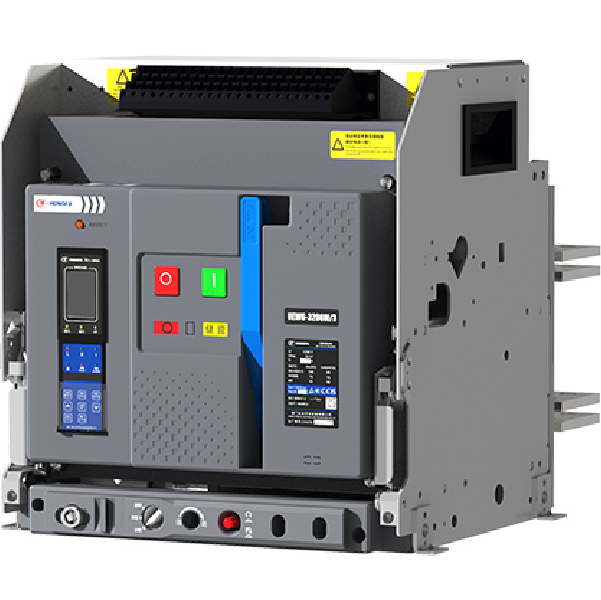In the field of electrical engineering, it is imperative to guarantee the safety of maintenance staff and the safe running of the equipment. A fundamental part of the circuit, low-voltage Disconnector design and use directly influence the stability and safety of the whole power system. Aiming to give electrical engineers and technicians a thorough and in-depth knowledge and application guidance, this article will explore the working principle, traits and differences of low-voltage Disconnectores from other electrical equipment in detail. Through in-depth analysis of these key components, we can better optimize the design of the power system to ensure that it can operate safely and reliably under various working conditions.

UEG3 MCB Disconnector
Low-voltage Disconnector Switches
The Disconnector we are talking about generally refers to a high-voltage Disconnector, that is, an Disconnector with a rated voltage of 1kv or above. The most commonly used electrical appliance in high-voltage switching electrical appliances plays an isolating role in the circuit, and its working principle and structure are relatively simple.
When low-voltage electrical equipment is repaired, it is necessary to cut off the power supply, separate the maintenance part from the live part, and maintain an effective isolation distance, requiring the withstand voltage level of overvoltage between its breaking ports. A knife switch is a switching electrical device used to separate the power supply. Another name for the knife switch isolating the power supply is Disconnector. Usually non-load switching devices, isolating knife switches can only connect or detach “negligible current” (that is, the capacitive current of the busbar with voltage, short cable or the voltage transformer). A specific switching capacity exists also in some knife switches. They can connect or disconnect part of the electrical equipment or whole equipment under non-fault conditions when their switching capacity is adjusted to the necessary current.
Main features of Disconnectores
1. It has no arc extinguishing ability and can only open and close the circuit without load current;
2. When generally supplying power: close the Disconnector first, then the circuit breaker or load switch;
3. When disconnecting power: disconnect the circuit breaker or load switch first, then disconnect the Disconnector.
Functions of Disconnectores
1. Used to isolate power supply, disconnect high-voltage maintenance equipment from live equipment, so that there is an obvious disconnection point between them;
2. The Disconnector cooperates with the circuit breaker to perform the reversing operation according to the needs of the system operation mode to change the system operation wiring mode;
3. Used to connect or disconnect low-current circuits
Disconnectores: Parameters
Rated voltage = nominal circuit voltage * 1.2/1.1 times; rated current standard value > 150% of maximum load current
Differences between Disconnectores, load switches and circuit breakers
1. The Disconnector acts as a clear disconnection point in the circuit to ensure the safety of personnel during maintenance. Generally, it can only cut off the no-load current of the line, but cannot cut off the load current and short-circuit current;
2. The load switch also plays an isolating role and can cut off the load current;
3. The circuit breaker can cut off the load current and short-circuit (fault) current, and can automatically trip when a fault occurs. In addition, some types of circuit breakers also have an isolation function and can be used as an isolation device.

UEW6DHG DC Disconnectors
As a basic component in the electrical system, the low-voltage Disconnector does not have the comprehensive protection function of the circuit breaker, but its isolation function in ensuring maintenance safety and system operation is crucial. Correctly understanding the characteristics and application scenarios of the Disconnector is of great significance to improving the safety and reliability of the system.
Post time: 7 月-22-2024


